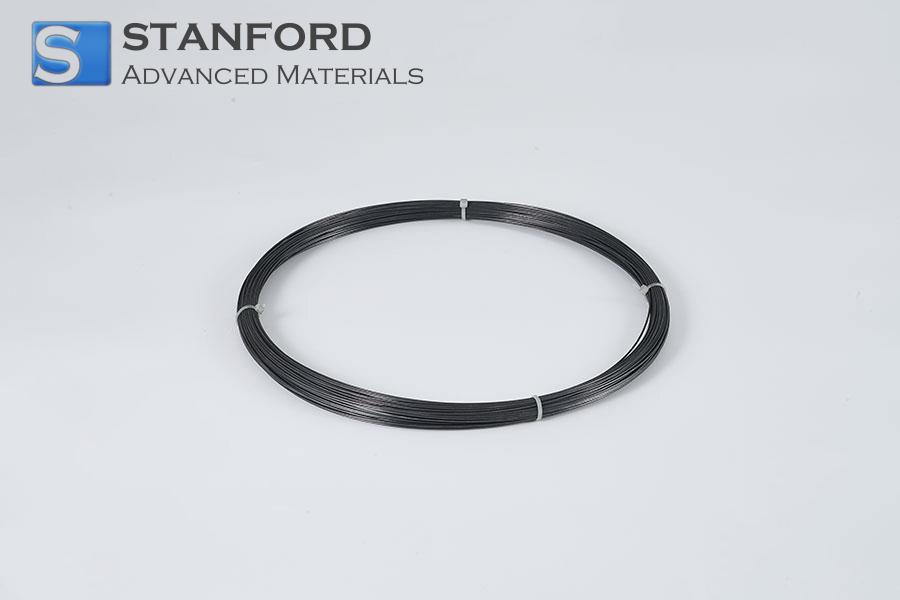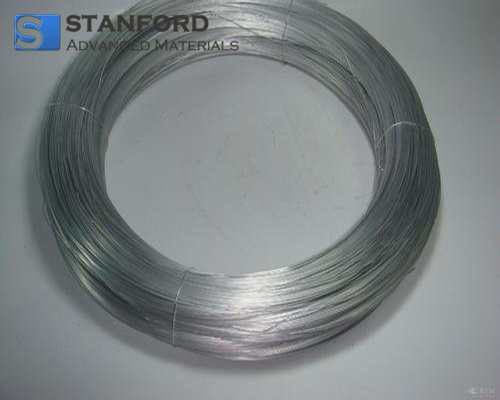Boron Nitride Ceramic: A Bullet Proof Material
To acquire further knowledge about the material Boron, one must learn several essential facts about it. The basic facts cover its chemical and material properties. It contains a significant element and is produced from its ores through a defined process. The material finds application in several sectors. With the advent of modern technologies and equipment, Boron finds use in innovative applications in the ceramics field.
Boron possesses chemical properties comparable to those of Carbon and Silicon. Consequently, it is in high demand within the chemical industry. Boron forms covalent bonds with other elements. These bonds occur with Silicon, Carbon, and with Boron itself. Thus, the ceramics industry utilises the material for producing ceramic products. It is also used to reinforce other materials including Aluminium and Steel.
Boron is a hard and brittle element. The periodic table indicates that its hardness should be comparable to that of Aluminium. In practice, its properties align with those observed in Silicon and Carbon. Although Boron is classified as a metal, its behaviour corresponds to that of non-metals including Graphite and Carbon. Pure Boron is very hard. Hardness tests indicate values approximating those measured for Diamond. It also exhibits a crystalline appearance.
Until the late 1960s and throughout the 1970s, the utilisation of Boron was limited to a small number of applications. Researchers identified its usefulness in aerospace research as new technologies emerged. Boron exhibits properties such as high strength, excellent temperature resistance, and low weight. Consequently, the application of Boron fibres increased with demand for materials including ceramics, plastics, and Aluminium.
The bullet‐resistant structure is also known as the self‐protection structure. It involves the production of bullet‐resistant clothing, including jackets and additional equipment such as helmets, shoes, and protective eyewear for personal defence.
In bullet‐resistant fabric, a layer of high‐strength fabric is applied initially. This is followed by a layer of ceramic material, and then a second layer of high‐strength fabric is added. This configuration ensures that a ceramic layer is present between the layers of hard material, which is critical for the bullet‐resistant mechanism. Boron is the material that fulfils the technical requirements for this application. Its use in these applications has increased over time.

 Bars
Bars
 Beads & Spheres
Beads & Spheres
 Bolts & Nuts
Bolts & Nuts
 Crucibles
Crucibles
 Discs
Discs
 Fibers & Fabrics
Fibers & Fabrics
 Films
Films
 Flake
Flake
 Foams
Foams
 Foil
Foil
 Granules
Granules
 Honeycombs
Honeycombs
 Ink
Ink
 Laminate
Laminate
 Lumps
Lumps
 Meshes
Meshes
 Metallised Film
Metallised Film
 Plate
Plate
 Powders
Powders
 Rod
Rod
 Sheets
Sheets
 Single Crystals
Single Crystals
 Sputtering Target
Sputtering Target
 Tubes
Tubes
 Washer
Washer
 Wires
Wires
 Converters & Calculators
Converters & Calculators
 Write for Us
Write for Us



 Chin Trento
Chin Trento


